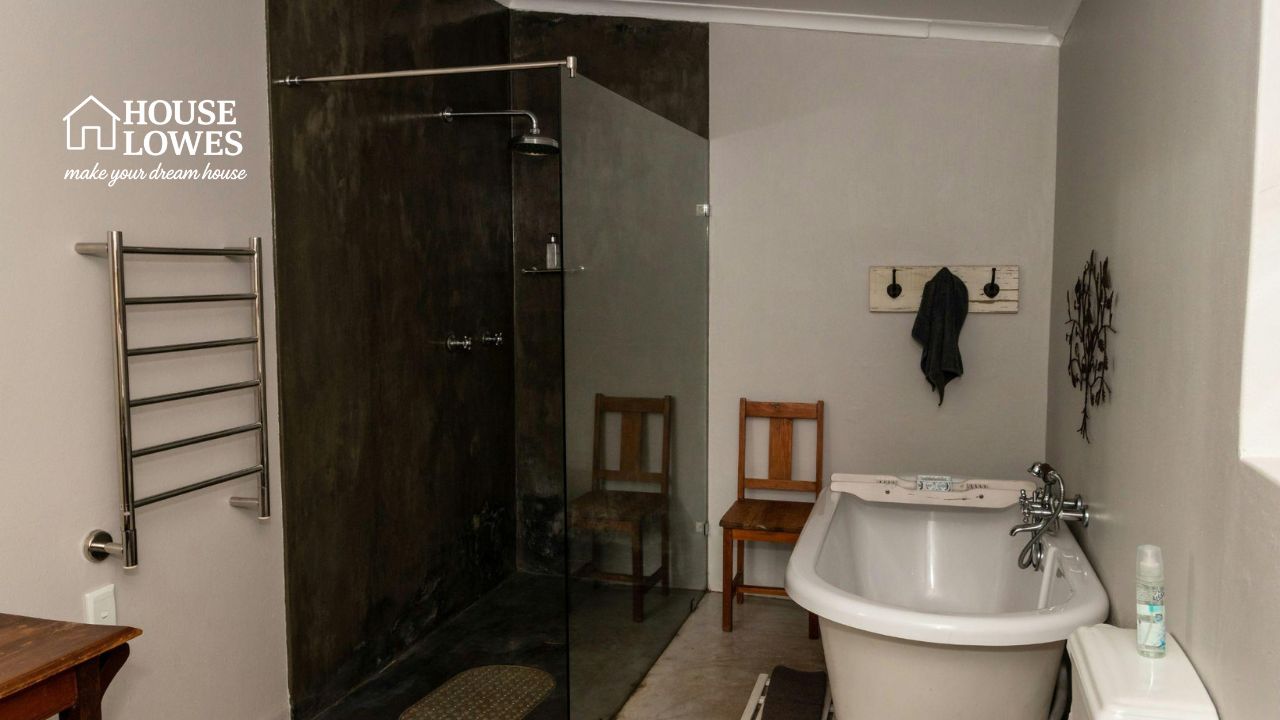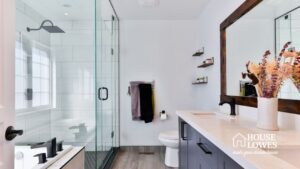If your bathtub is hard to step over, tough to clean, or just not getting much use, a tub-to-shower conversion can make your bathroom safer, more spacious, and easier to maintain. With the right plan and products, many projects can be completed in a single day. This guide explains the benefits, how to know if you’re a good candidate, the materials that perform best, what to expect on installation day, and how to hire the right team.
Why Convert a Tub to a Shower
Safety is the headline benefit. A low-threshold entry reduces trip hazards and supports aging in place. Space is another win; removing a bulky tub opens the footprint for a larger showering area, niches, or a bench. Cleaning gets easier when you choose wall systems and bases with minimal seams. And resale typically improves, because buyers respond to clean, contemporary bathrooms.
What Counts as a “One-Day” Conversion
Most one-day conversions replace a standard alcove tub (about 60 inches long) with a shower base designed for the same footprint. Plumbing usually stays on the same wall and the drain remains close to its original location. Walls are updated with solid-surface or composite panels that bond to a properly prepared substrate. Glass doors often go in the same day for standard openings; custom glass is templated after the base and walls are set and installed on a short follow-up visit. If you plan to relocate plumbing, move walls, or reconfigure the layout, expect a longer timeline, but a good crew can still stage the work to minimize downtime.
Plan And Measure Before You Buy
Start with accurate rough measurements: width, depth, and height of the alcove, and check for out-of-square walls. Map plumbing, including supply lines, drain location, and ideal valve height. Confirm ventilation; if your fan is underpowered, upgrade it to control humidity and protect finishes. Decide on lighting changes (overhead, niche, or vanity) before walls close.
Materials That Perform
Shower Bases
Acrylic and composite pans are popular for one-day installs because they’re sized for common alcoves, include integrated flanges, and offer slip-resistant textures. Look for a rigid feel underfoot, a reinforced underside, and an upstanding lip for water control. For accessibility, choose a low-threshold or rampable design.
Wall Systems
Solid-surface or composite panels (stone-look, smooth, or subtle textures) install quickly, seal at corners, and wipe clean with minimal effort. If you love tile, insist on a modern waterproofing membrane and quality setting materials; tile can be “one day” in small cases with prefabricated pans, but most tiled showers take longer due to cure times.
Glass And Doors
Semi-frameless or frameless doors provide a clean look and help contain overspray. Standard sizes can be installed the same day; custom configurations are templated after the base and walls are in and installed on a quick return visit.
Fixtures And Accessories
Choose metal valves with proven cartridges and finishes that match your hardware. Add grab bars, a handheld shower, and corner shelves or a niche for daily convenience. If space allows, a folding seat or built-in bench improves comfort and accessibility.
Waterproofing And Substrate Prep
One day shouldn’t mean cutting corners. A durable shower depends on proper substrate prep and waterproofing. That includes fixing soft subfloor, shimming or sistering studs to correct out-of-square walls, installing blocking for grab bars, and sealing seams, corners, and penetrations according to the wall-panel or membrane manufacturer’s specs. Ask your installer to walk you through their waterproofing details before work begins.
What To Expect On Installation Day
- Protection and demo: floors and pathways are covered; the old tub and surround are removed and hauled away.
- Prep and base set: framing adjustments, drain alignment, and pan setting with a proper support bed (not just foam dabs).
- Walls up: backer prep or direct-to-stud panels as specified; panels installed and sealed at corners and edges.
- Valve and trim: new mixing valve, shower arm, and trim set; pressure test before closing up.
- Glass and sealing: glass installed (when standard) and all perimeters caulked; cure times explained.
- Cleanup and walkthrough: debris removed, surfaces wiped, care instructions provided, and punch list addressed.
Costs And Budgeting
Prices vary by market, materials, and scope, but expect a professionally installed, one-day alcove conversion with quality components to land in the mid four figures to low five figures. Moving plumbing, custom glass, premium fixtures, or tile will add cost and time. Build a 10–15% contingency for hidden issues (e.g., bad subfloor, surprise plumbing). Prioritize waterproofing and functional upgrades first; you can always upgrade hardware later.
Common Pitfalls (And How To Avoid Them)
- Skipping substrate fixes: wavy walls and soft floors lead to leaks and callbacks. Insist on proper prep.
- Cheap valves and thin bases: you’ll feel it daily. Choose solid, proven components.
- Under-ventilated baths: upgrade the fan to protect finishes and indoor air quality.
- Vague proposals: get line-item clarity on model numbers, wall system type, glass style, and what’s included.
- Poor sequencing: order long-lead items early and confirm lead times so the schedule doesn’t stall.
Hiring The Right Pro
Vetting matters more than chasing the lowest number. Ask for proof of insurance, recent local references, and a detailed written proposal spelling out scope, materials, and exclusions. Tie payments to milestones, not dates. Confirm warranty terms on both labor and materials, and ask who handles warranty claims.
If you’re comparing options, these walk-in shower installers can handle standard alcove conversions quickly while keeping waterproofing and finish quality front and center.
Quick FAQ
How long does a one-day conversion really take?
Demo, pan, wall panels, and standard glass can be done the same day. Custom glass or unexpected substrate repairs may add a short follow-up visit.
Can I keep a tub in another bathroom?
Yes—many families convert one bath to a shower for daily use and keep a tub elsewhere for kids or resale appeal.
Do I need multiple bids?
Two to three detailed, comparable proposals are plenty. Focus on clarity and method, not just price.
Is tile better than panels?
Tile offers design flexibility but usually takes longer and needs meticulous waterproofing. Panel systems are fast, low-maintenance, and look sharp when chosen well.
Final Thoughts
Plan carefully, prioritize waterproofing, and work with a crew that sequences the job cleanly. A streamlined one-day conversion can dramatically improve safety and comfort without tying up the bathroom for weeks. Patriot Property Pros has completed these projects for years in west central Indiana, and the same principles here will help any homeowner navigate the process with confidence.
Admin Recommendation
Durable & Stylish Bronze Metal Roof – Your Complete Guide







